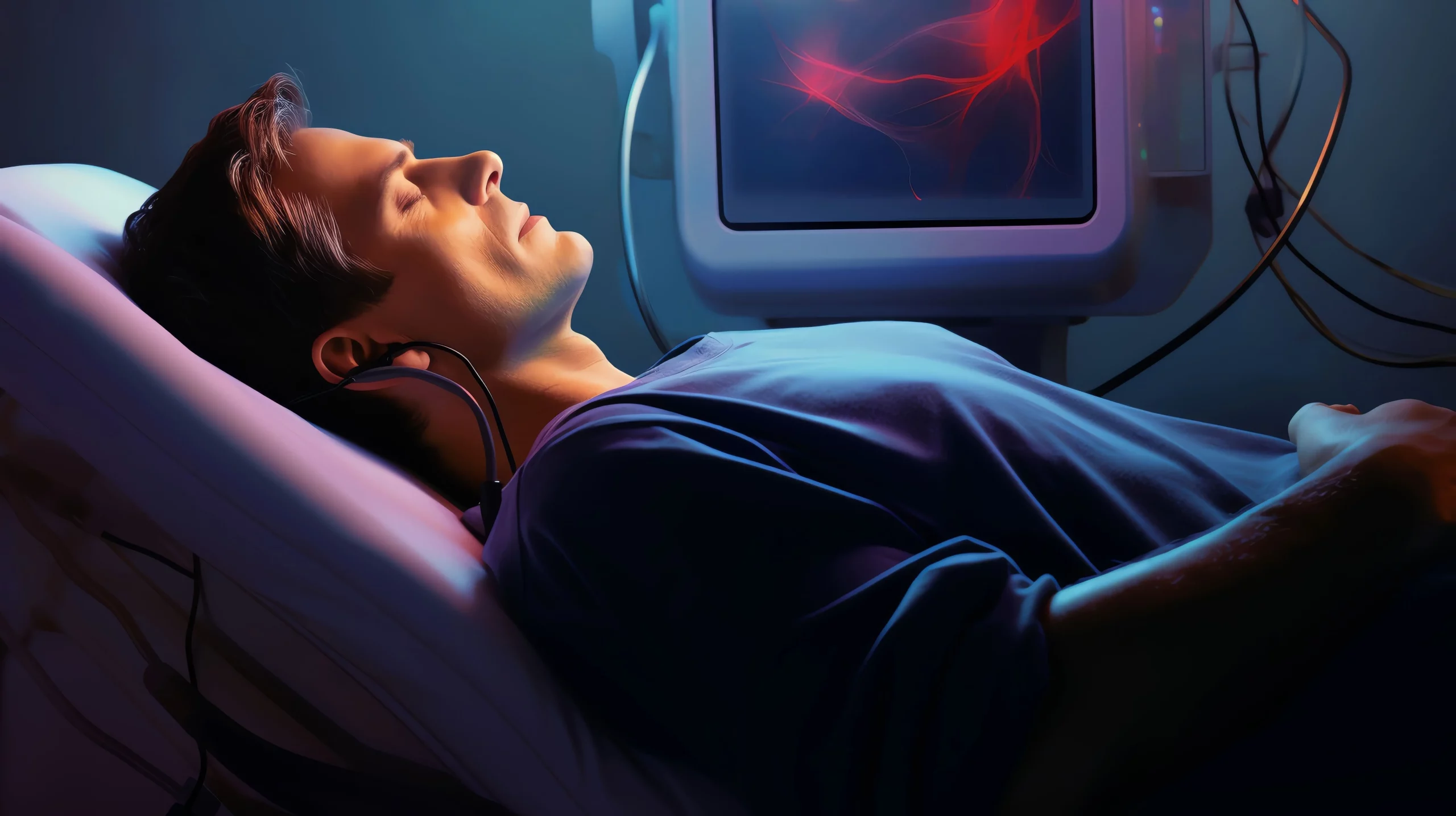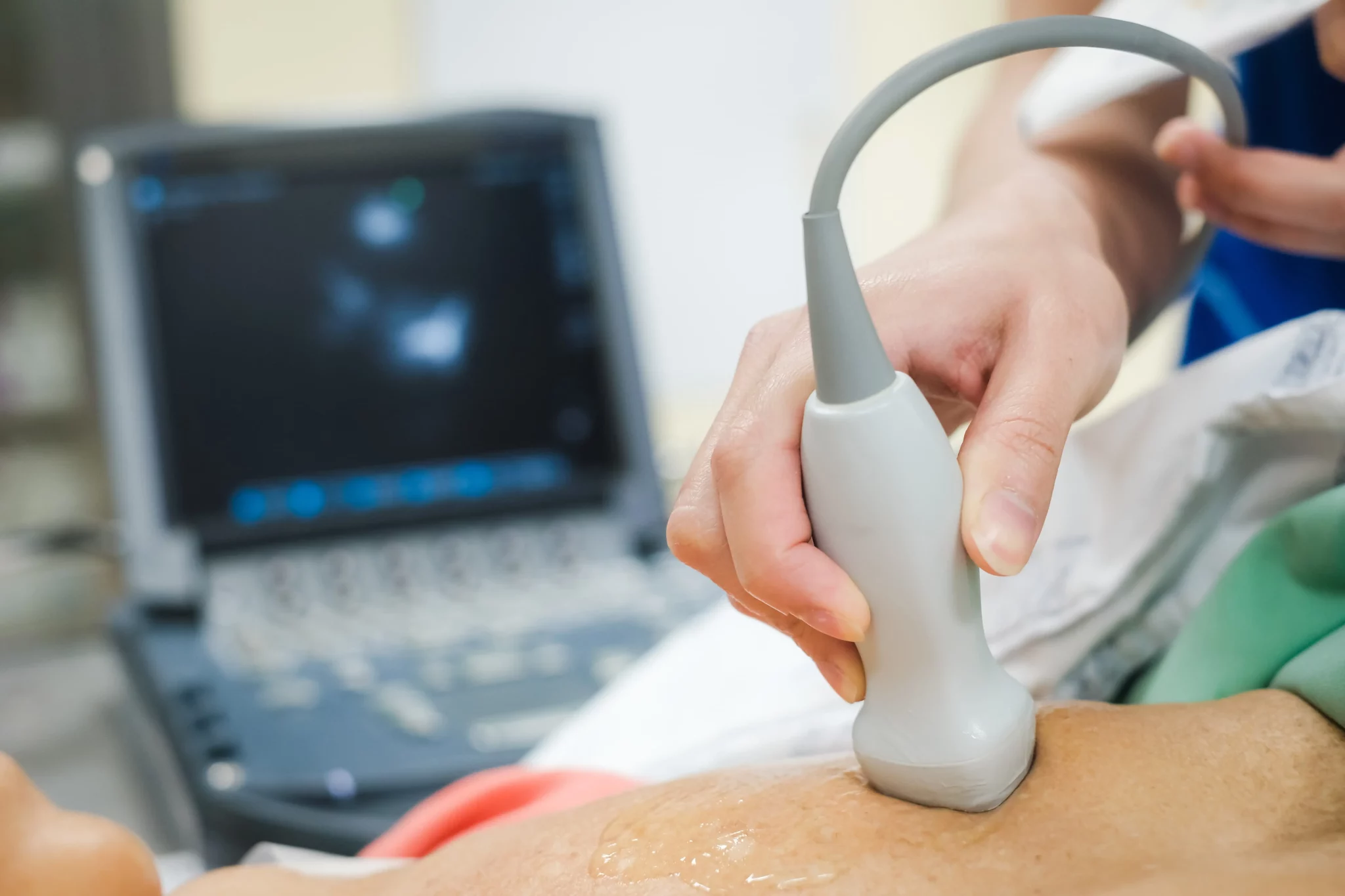Most people are familiar with ultrasound technology for monitoring pregnancy and fetal development, but its medical applications extend far beyond obstetrics. Ultrasound has become a valuable tool for diagnosing various medical conditions, from heart disease to joint injuries.
We’ll look into how ultrasound technology is being used beyond pregnancy and discuss some of the benefits and limitations of this versatile imaging modality. Read on to discover more about the fantastic world of ultrasound, whether you’re a healthcare professional trying to broaden your diagnostic toolset or a patient interested in the most recent developments in medical imaging.
What is an ultrasound?
Diagnostic medical sonography, another name for ultrasound technology, is a non-invasive imaging method that creates pictures of the inside of the body using high-frequency sound waves. While most people associate ultrasound technology with pregnancy, it has many other medical applications and has become an increasingly important tool in modern medicine.
During pregnancy, ultrasound technology is used to monitor the growth and development of the fetus, detect potential complications, and guide medical interventions. Ultrasound imaging can also diagnose other medical conditions related to the female reproductive system, such as ovarian cysts and uterine fibroids.
But ultrasound technology is not just limited to obstetrics and gynecology. It is used to visualize and diagnose various medical conditions throughout the body, including abdominal and pelvic organs, musculoskeletal injuries, and cardiac disease. Ultrasound technology is often preferred over other imaging modalities, such as CT scans or MRI, due to its non-invasive nature and lack of ionizing radiation.
How does an ultrasound work?
High-frequency sound waves are used in the diagnostic medical imaging procedure of ultrasound to create body pictures. During pregnancy, ultrasound can be used for internal and external organs, including the brain, heart, abdomen, and fetus.
Ultrasound waves are produced by passing electricity through crystals called piezoelectrics (usually made of quartz). These crystals convert electrical energy into mechanical vibrations that travel through water or air as ultrasound waves.
When an ultrasound wave meets tissue with varying densities (e.g., bone vs. muscle), some energy is reflected toward the machine as an echo. Some continue traveling through the body until they hit something else, like another organ or blood vessel wall. Then it is reflected towards your probe again so that you can see this “radiating” pattern on your screen called a B-mode image (brightness vs. darkness).
Suppose you have enough experience interpreting these images correctly. In that case, this information could help diagnose what kind of disease process might be happening inside someone’s body even before symptoms appear externally!
What are the other medical applications of ultrasound?
Below, we will explore the many applications of ultrasound technology beyond pregnancy and discuss how it is used to diagnose and monitor various medical conditions. We will also examine the advantages and limitations of ultrasound technology as a diagnostic tool and discuss how it can be integrated into patient care to improve outcomes.
Imaging the Abdomen and Pelvis.
Ultrasound technology is commonly used to visualize organs and tissues in the abdomen and pelvis to help diagnose various medical conditions. For example, ultrasound can easily detect kidney stones, which are often difficult to see using other imaging modalities. Ultrasound can also help diagnose liver diseases, such as cirrhosis or fatty liver, and detect fluid buildup or other abnormalities.
In women, ultrasound technology is frequently used to diagnose ovarian cysts, which are fluid-filled sacs that can form on the surface of the ovary. Overall, ultrasound imaging of the abdomen and pelvis is a safe and effective imaging modality widely used in clinical settings to help diagnose various medical conditions.
Musculoskeletal Ultrasound.
Muscles, tendons, and joints may all be seen in great detail thanks to the non-invasive imaging method known as musculoskeletal ultrasound. It is a helpful tool for diagnosing various conditions, such as rotator cuff tears, carpal tunnel syndrome, and joint inflammation.
Musculoskeletal ultrasound is beneficial for diagnosing conditions that affect soft tissues, such as tendons and ligaments. It can help detect tears or other abnormalities that may not be visible on X-rays or other imaging modalities. Additionally, musculoskeletal ultrasound can help guide medical interventions, such as injections or aspirations, by providing real-time visualization of the affected area.
Cardiac Ultrasound.
Cardiac ultrasound, or echocardiography, is a non-invasive imaging technique that uses high-frequency sound waves to produce detailed images of the heart and blood vessels. It is essential for diagnosing various cardiac conditions, such as heart valve disease and blood clots. Cardiac ultrasound can help detect abnormalities in the structure or function of the heart, such as changes in the size or shape of the heart chambers, and identify any issues with blood flow.
There are several types of cardiac ultrasound, including transthoracic echocardiography, transesophageal echocardiography, and stress echocardiography. Each type of cardiac ultrasound is used to diagnose different cardiac conditions and has unique benefits. In addition to echocardiography, vascular ultrasound is another type of ultrasound used to evaluate the blood vessels in the body. It is often used to diagnose deep vein thrombosis, carotid artery disease, and aneurysms.
What are the advantages of ultrasound technology?
One of the primary benefits of ultrasound technology is that it is non-invasive and does not involve radiation, making it a safer imaging option for patients. Unlike other imaging modalities, such as CT scans and X-rays, ultrasound does not expose patients to ionizing radiation that may have harmful effects. Additionally, ultrasound technology typically involves minimal discomfort, making it a preferred option for patients who fear medical procedures.
Another advantage of ultrasound technology is that it is often more cost-effective than other imaging modalities, such as MRI or CT scans. It makes it a more accessible option for patients with limited financial resources or who may not have insurance coverage. The lower cost of ultrasound technology can help reduce the overall cost of healthcare, making it a more sustainable option for healthcare providers.
Ultrasound technology is also a versatile tool that is used for a wide range of medical applications. This versatility makes it an essential tool for healthcare providers, allowing them to diagnose and treat various medical conditions efficiently and effectively.
Ultrasound technology has many uses beyond pregnancy diagnosis.
Ultrasound technology is a versatile and valuable tool in medical diagnostics beyond pregnancy. It is used to visualize the abdomen, pelvis, musculoskeletal system, heart, and blood vessels, among other medical applications. Ultrasound is a non-invasive, cost-effective imaging option that benefits patients and healthcare providers.
We invite you to visit us at Roshal Health if you need ultrasound services. Our professionals use state-of-the-art ultrasound technology to provide accurate and timely diagnostic imaging services. Contact us today to schedule an appointment and experience the benefits of ultrasound technology.




